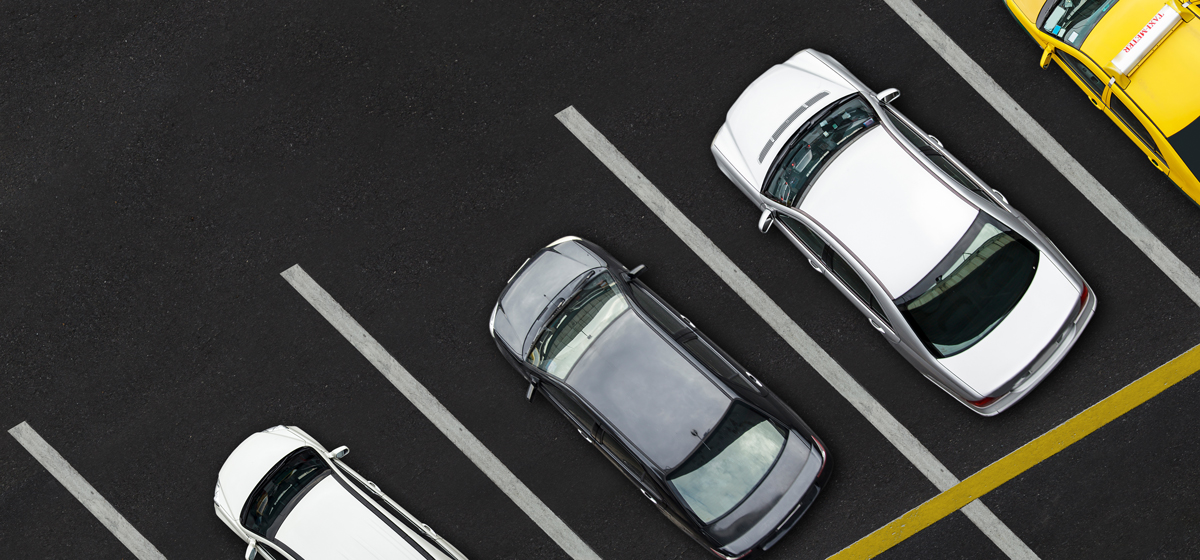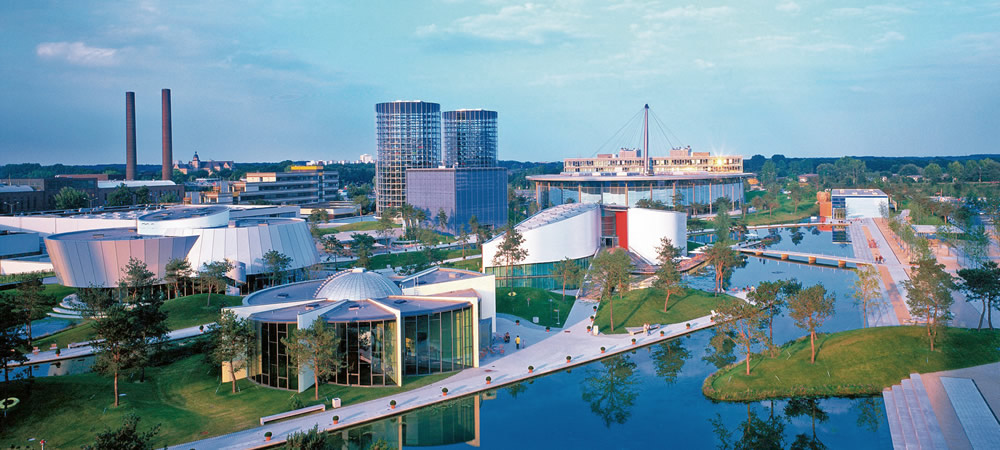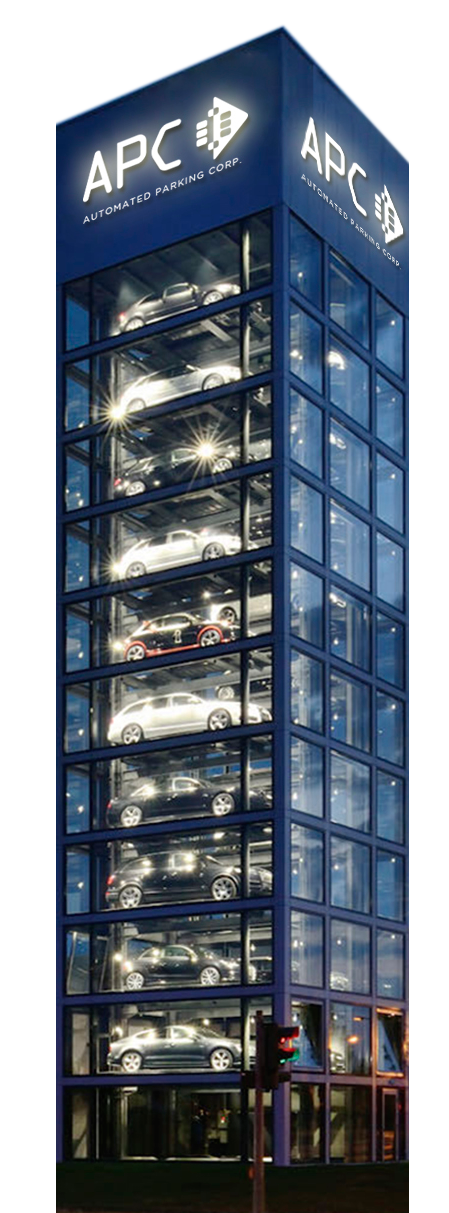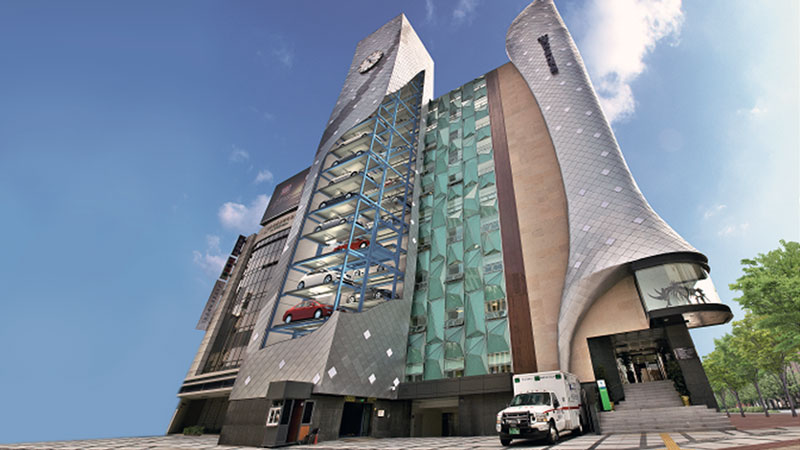
City of Cape Coral (FL) Considers Lifting Parking Requirements
October 4, 2019
The Truth About The Car Vending Machine
October 31, 2019Although considered new to the game, mechanical and automated parking systems and garages have been around for at least 120 years. In this post, we will talk about interesting facts surrounding this technology that you may not know about!
The first mechanical parking system was created by an architect.
The Garage Rue de Ponthieu opened its doors in Paris in the year 1905, and it was the first mechanized parking garage in the world. This very garage started the automated and mechanical parking industry; it was designed by Auguste Perret, a notable french architect who was also a pioneer in the architectural use of reinforced concrete.

A Ferris Wheel for Vehicles was created in the 1920s
As the technology evolved, a new automated parking system saw the light of day. With the feel - and almost the look - of a Ferris wheel, the “Paternoster” system became extremely popular. It was able to park eight (8) cars in the footprint of two vehicles.
The 1920s were also the start of mechanized garages in the US
One of the earliest proposals in the United States featured a four-sided elevator and turntable combination with a mechanized sloping floor, so cars could glide from any of the four sides of the elevator to a parking spot.
Automated Parking Systems were brought back in the new millennium.
Despite the popularity in European and Asian markets, the US stopped the growth of this industry until 2002, when the first robotic parking garage opened in Hoboken, New Jersey. The industry has continued to grow steadily in the United States since then.
Automated Parking is a lot safer than you think.
Many are concerned about the safety and reliability of automated parking systems. In reality, these systems have been perfected throughout the years and much like elevators, they are safe to use and easy to build. In addition, they are safer than conventional parking garages because there is no human access to parked vehicles. This significantly reduces the risk of vandalism, theft, and accidental damage to the vehicles.
You can park your vehicle faster using an automated parking system.
Many are concerned about the time it might take to park and retrieve one’s car using an automated parking system. The reality is that the current parking/retrieval average of an automated parking garage is one (1) minute per car. Everyone parks on the ground floor and the system lifts and positions the vehicle in the next available parking space. There is no more need to look for parking, which can take minutes or hours. It is like a valet parking service without leaving your keys behind.
It is a lot faster to build than you think and requires less land.
Unlike current conventional parking solutions, automated parking requires from 50% to a mere third of the land to build the required parking spaces for your development. What does this mean? While a concrete ramp garage can potentially take 145,000 sq ft of land, an automated parking system with the same capacity will use about 50,000 sq ft and will be built at a fraction of the time.
Park 70 vehicles in the space of 3.
Yes, you read that right. One of the many systems available, the automated parking tower, can park 70 vehicles in the footprint of three! This allows you to save land to build more income-producing development and develop more profitable buildings.
Carvana didn’t really invent the car vending machine.
Despite the rise in popularity for Carvana’s car vending machine, such technology is simply an automated parking system, a Silo-type to be exact. But this beautiful display was not the first of its kind for dealerships. The first one to advertise a “vending machine” for vehicles was Nash Motors in Chicago in the year 1933. Nash Motors used a Ferris wheel-like system and encased it in glass, making the display a great way to advertise its vehicles. With advances in technology, now any developer and dealership can have the Carvana style reality at the tip of their fingers.

There are more automated parking systems available than you think.
We have mentioned the predecessors and some of our current systems, but did you know there is more? Automated parking systems come in a wide range of types and sizes. From simple lifts and stackers (which are very popular in New York) to the more sophisticated automated and/or robotic systems like towers, puzzles, silos, rack and rails, shuttles and more. There is a system for every project and a project for every system.
Automated Parking Systems are “Green”
Because of its versatility, space-saving capabilities, and customization opportunities, the automated parking system is much more sustainable than its counterparts. It allows the system to use less energy and even bring the option of solar or other alternative sources of energy into the mix. These systems also help consumers save gas and greatly contribute to the reduction of vehicle emissions. When it comes to green and sustainable building, automated parking should be an option to be considered every time.
Contrary to common belief, automated parking might be a more efficient and cost-effective solution for developers, architects, and the community. In the end, it takes very little time and effort to consult an automated parking expert about how this technology can greatly benefit your next development project.




